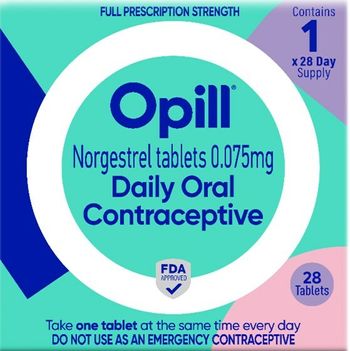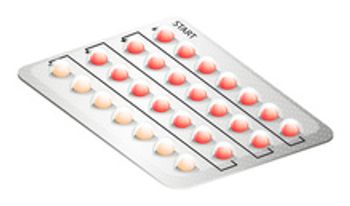
Science and access at Merrill Lynch
The justification and accessibility of Merrill&s program is impressive--and the savings even more so.
ProductivityPlus
Science and access at Merrill Lynch
The justification and accessibility of Merrill's program are impressiveand the savings even more so.
By Chad Abresch MEd, Craig Johnson and Bo Abresch
On any given day, the traffic is heavy but moving quickly at eight on-site Merrill Lynch medical clinics. The clinics are an integral aspect of corporate life at the world's leading financial management and advisory company, which holds offices in 44 countries and about $1.7 trillion in assets. Merrill employees don't waste time sitting in a waiting room or dangling their feet from the edge of an exam table. Walk-in visits are fast, and follow-upvia e-mail, telephone or personal consultationis always available.
Donald Gemson, MD, medical director for Merrill's 50,000-plus U.S. employees, sees this heavy usage as testimony that the firm has molded scientific evidence into accessible on-site clinics that promote health prevention, disease management and peak performance. "The clinics are integrated with our approach to wellness," says Gemson. "They offer employees a place to turn. There's always a resource, always a follow-up."
These clinics serve over half of Merrill's U.S. workforce. A survey of over 1,000 employees last year indicated an average time savings of three hours per visit in comparison with off-site clinic visits. Assuming a $40/hour employee value and a modest 20,000 employees per year who would have otherwise seen a doctor off-site, productivity savings round out around $2.4 millionover half of the department's budget.
That success is based on two critical factors: scientific justification and increased accessibility. Merrill holds that sufficient epidemiological data exists to select interventions that hold promise, including mammography, Pap tests, hypertension and skin cancer screenings.
Merrill began to emphasize scientific justification over randomly selected wellness programs in the late '80s. In January of 1988, a landmark report from the National Cholesterol Education Program and some six other studies of worksite intervention convinced the firm's health professionals that combating cholesterol among employees was scientifically justifiable. With the simultaneous development of "fingerstick" technology, they decided that a cholesterol program's time had come.
The program focused on screenings with fingerstick technology, biometric measures and a risk factor questionnaire. The screenings were followed by three to five minute counseling sessions with a registered nurse. The nurse reviewed test results with the employees and provided follow-up options and information appropriate to the individual's cholesterol level. Employees achieved significant declinesbig enough to merit publication in the prestigious Archives of Internal Medicinein total cholesterol levels, blood pressure, poor dietary habits and smoking rates.
From the start, Merrill pledged to reach as many employees as possible. That's why, for instance, the company's blood pressure screenings are held in hallways, lunchrooms and other common areas. The point is simple: Meet employees where they are.
Merrill's flu shot program is another case in point. A 1995 study published in The New England Journal of Medicine estimated savings of $46.85 for every flu shot given. Armed with the science, Merrill set out to administer as many flu vaccinations as possible. The number climbed significantly last year when Merrill tried a new tack for accessibility. For any group of 15 or more employees, nurses would visit to administer the flu shots. Over 7,800 flu shots were given with a potential return on investment of well over $350,000, based on the New England Journal study.
Gemson's vision for the future stresses two features: 1) constant review of scientific journals and evidence-based publications like the U.S. Preventive Services Task Force Report to identify new areas of worksite intervention; and 2) development of new technologies such as closed circuit broadcasts, webcasts, and on-line assessments to reach even more employees.
Chad Abresch is WELCOA's senior staff writer for consumer and organizational publications. Craig Johnson is a health promotion specialist, and Bo Abresch is the communications specialist for WELCOA.
Chad Abresch. Science and access at Merrill Lynch. Business and Health 2001;3:54.
Newsletter
Get the latest industry news, event updates, and more from Managed healthcare Executive.






















































